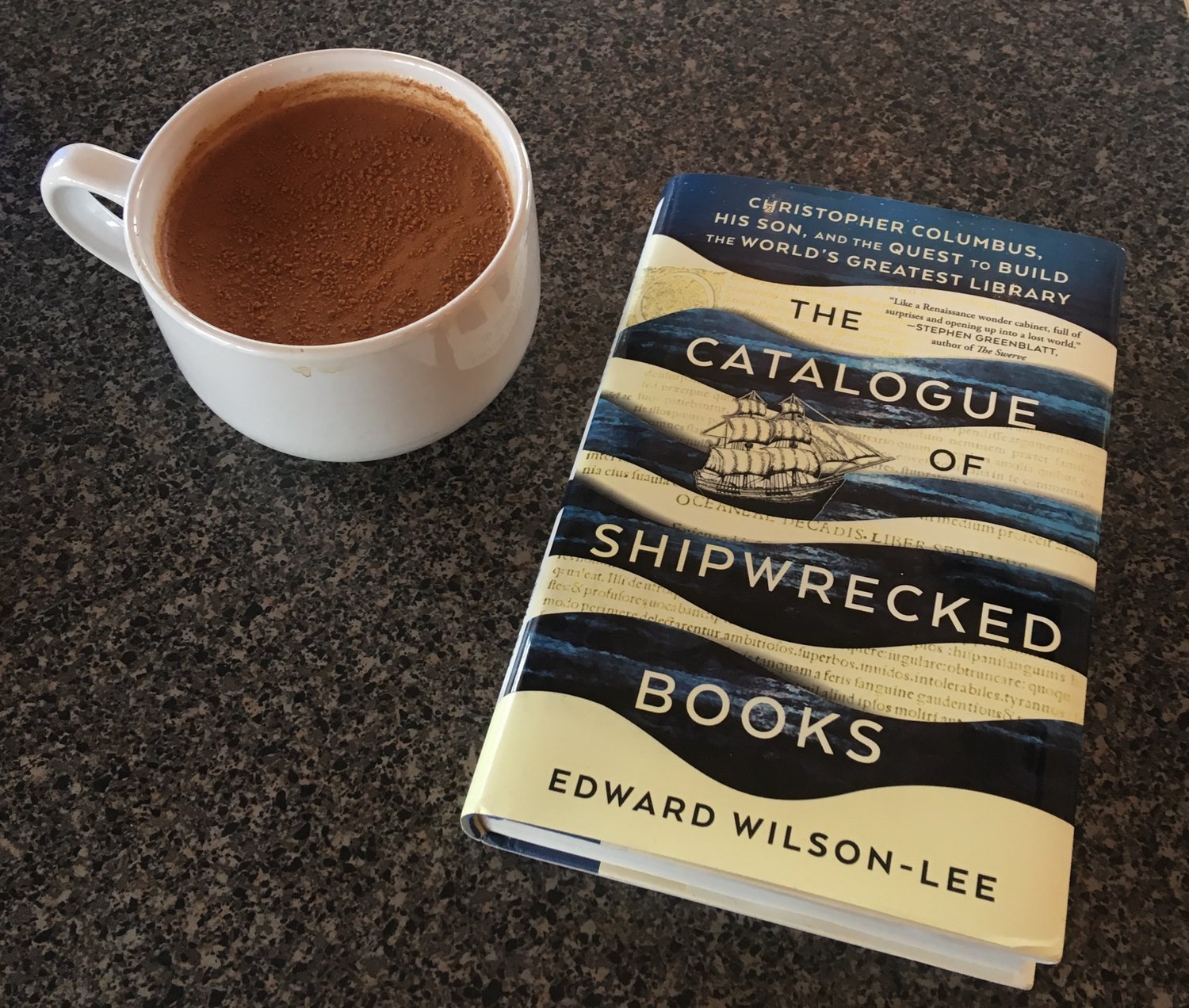Hernando (Colon) was a book collector. By the time of his death, he had over 5000 books. One of those books was his “Catalogue of Shipwrecked Books,” a list of over 1000 books of his that were lost at sea.
Hernando created ways of cataloging, organizing, and indexing books that were unlike any that had been tried before. In some ways, he was trying to create things that simply could not exist until the digital age. Hernando also worked on ways to map the world, including ways to measure longitude that were not fully discovered and employed until more than a century later. It is hard to say what his legacy truly was: his library fell into disuse and disrepair after his death, his cataloging and indexing methods simply could not be fully realized until computers came along 500 years later, his tools for measuring longitude were never adopted and had to be independently created much later.
Colon (the Spanish version of the name Columbus) was the son of Columbus’s Spanish mistress, and although the explorer never married his mother, he always acknowledged Hernando to be his son and treated him like a son.
In his book, The Catalogue of Shipwrecked Books, Edward Wilson-Lee tells the story of this younger son of Christopher Columbus, a man who tried for his entire life to live up to his father’s legacy.
He wrote the first biography of his father, almost single-handedly creating the legend of Columbus that held sway for many hundreds of years, and was highly influential in crafting how Europe saw the world his father reached in 1492. He also amassed the largest collection of printed images and of printed music of the age, started what was perhaps Europe's first botanical garden, and created by far the greatest private library Europe had ever seen, dwarfing with its 15,000 books every other library of the day.
